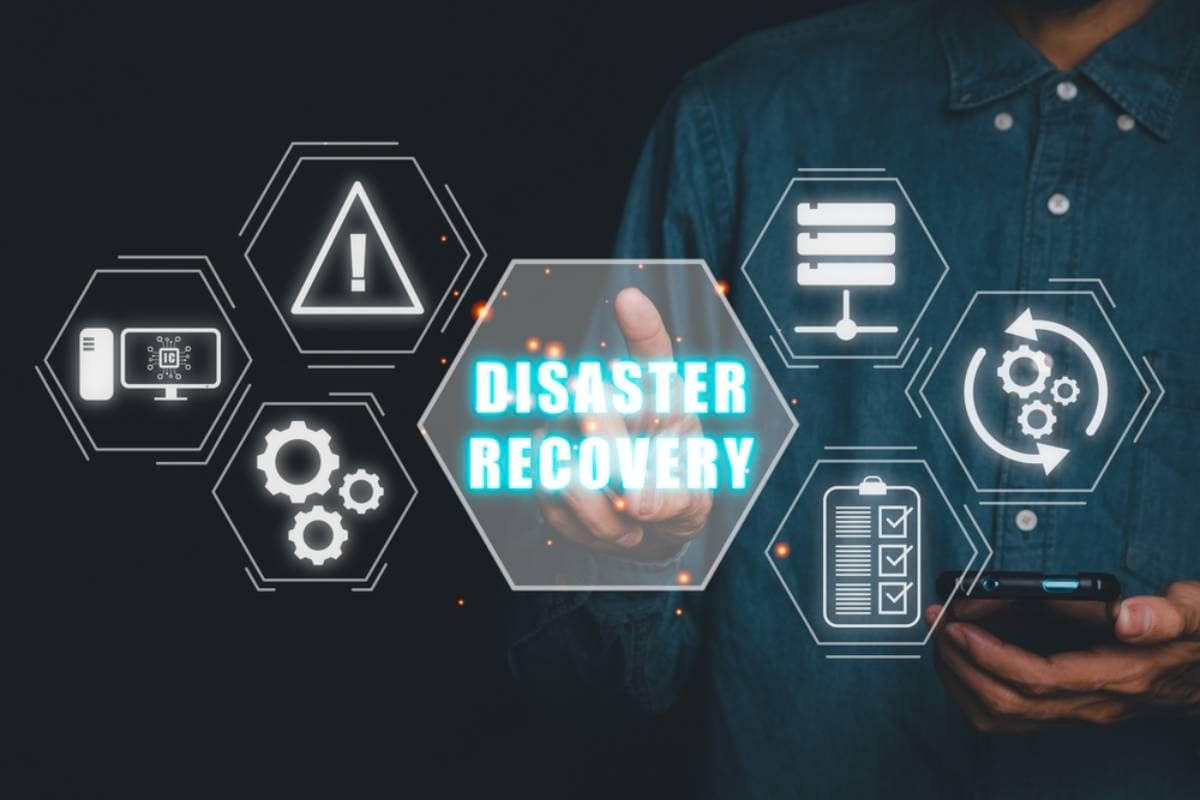Fast recovery, reliable backups, and the peace of mind that comes with knowing your data is protected.

Hear from Our Customers

When disaster strikes, you need systems that actually work. Your customers expect you to be available, your employees need access to their tools, and your revenue depends on staying operational.
That’s what real disaster recovery looks like. Not just backups sitting somewhere collecting dust, but tested systems that get you back online fast. Your phones ring, your emails flow, and your business keeps moving while your competitors scramble to figure out what happened to their data.
You sleep better knowing that ransomware, hardware failures, or natural disasters can’t shut you down for weeks. Your disaster recovery plan becomes your competitive advantage, not just your safety net.
CTS Computers has been protecting West Lafayette businesses from digital disasters for years. We understand that when your systems go down, you need someone who can respond immediately, not a call center three states away.
Our team knows the local business landscape, from the professional services downtown to the growing companies around Purdue. We’ve seen every type of disaster scenario and built recovery plans that actually work when tested.
When crisis hits, you get direct access to the technicians who built your recovery plan. No phone trees, no ticket systems, just immediate help from people who know your business.

First, we assess your current systems and identify your critical data, applications, and recovery time requirements. Every business is different, so your disaster recovery plan needs to match your specific operations and budget.
Next, we implement automated backup systems that capture your data continuously, both locally and in the cloud. These aren’t set-and-forget systems – they’re monitored daily to ensure everything is working properly.
The final step is regular testing. We actually simulate disaster scenarios to verify that your recovery systems work as designed. You’ll know exactly how long recovery takes and what to expect during an actual emergency. Most businesses discover their existing backups don’t work until it’s too late – you’ll know yours work because they’re tested regularly.

Ready to get started?
Your disaster recovery service includes automated daily backups, both local and cloud-based storage, and 24/7 system monitoring. But the real value comes from the testing and validation that ensures everything works when you need it.
You also get employee training on disaster response procedures, so your team knows exactly what to do during an emergency. Many businesses have great technical systems but fail during disasters because their people don’t know the procedures.
Regular recovery testing means you’ll never wonder if your backups actually work. You’ll see the process in action, understand the timeline, and have confidence that your business can survive any digital disaster. Plus, you get priority support during emergencies, with direct access to the technicians who know your systems.
